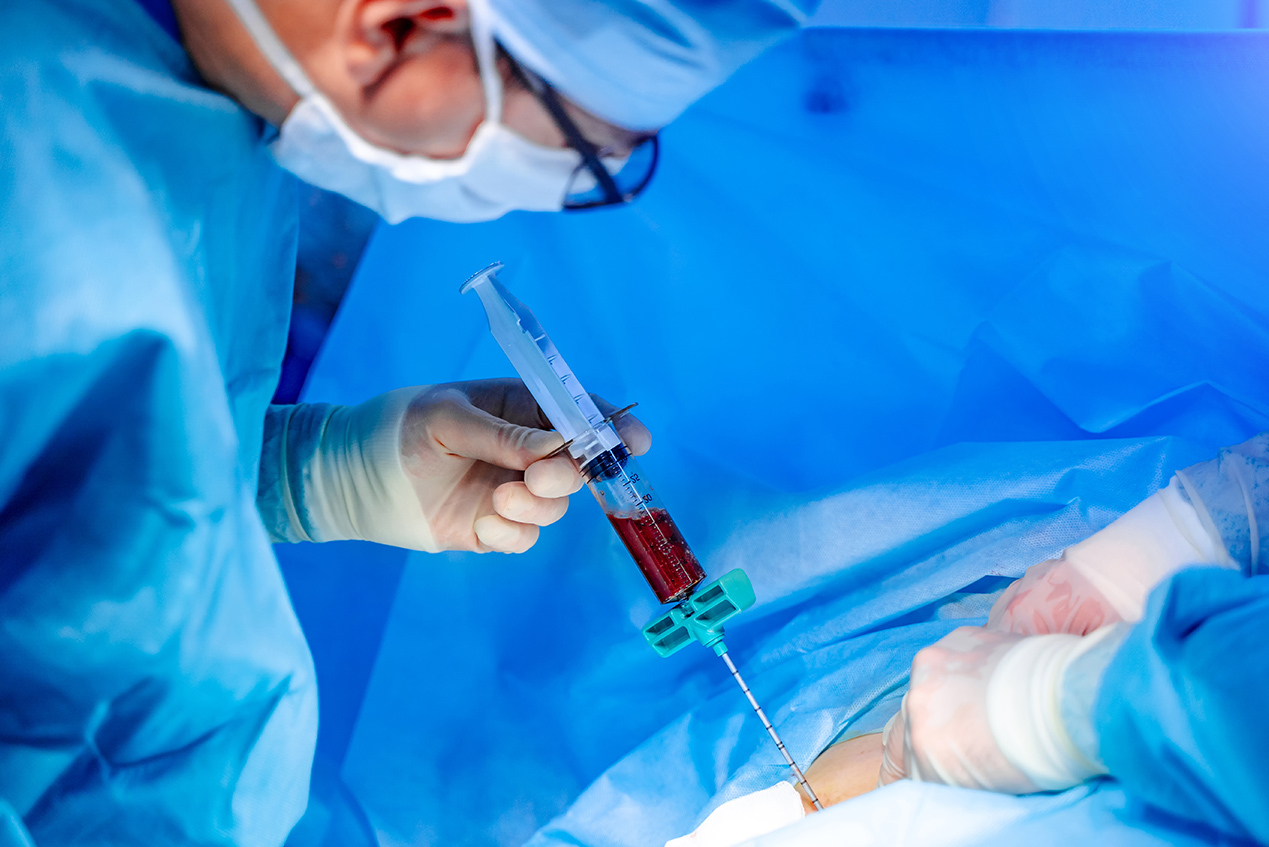A new federal report shows that the USC Norris Blood and Marrow Transplant and Cell Therapy Program, an adult-only program at USC Norris Comprehensive Cancer Center, has achieved a historic one-year survival rate of 90.3%. This surpasses the center’s previous one-year survival rates, which led the nation at 80% to 88% over the past eight years.
To establish these numbers, the Center for International Bone Marrow Transplant Registry (CIBMTR) — a federally mandated program — receives and analyzes data on one-year survival rates from 170 bone marrow transplant centers across the United States.
CIBMTR also measures a second metric: whether a center’s success rate exceeds their average expected survival rate. This year the USC Norris program’s success rate surpassed its average expected survival rate of 80%, placing it among only 11 centers in the nation to exceed expectations and the only center to exceed it by double digits.
Careful assessment of patient needs
The USC Norris program’s leading success rate starts with one difficult step — by carefully determining which patients the center can help. The assessment hinges on two factors: whether the patient is healthy enough to survive the procedure and whether transplantation would be the most effective treatment for them.
“You have to be very careful when considering a candidate’s case,” said Preet Chaudhary, MD, PhD, director of the USC Norris Blood and Marrow Transplant and Cell Therapy Program. “There’s always a risk of the patient’s immune system rejecting the transplant, the donor immune system attacking the patient’s healthy organs (known as graft vs. host disease), infections and even disease relapse. And all after the patient has already endured a physically grueling procedure.”
Once doctors are certain that a transplant is the best option for the patient, they’ll take on the case and get to work.
Providing the most up-to-date care
In treating their patients, USC Norris’ blood and marrow transplant specialists rely on the latest advances in research and clinical care, such as new antifungal and antiviral drugs.
“We also rely on newer modalities of preparing patients for the procedure, as well as managing any complications,” said Chaudhary, who is also the chief of the Nohl Division of Hematology and Center for Blood Diseases at the Keck School of Medicine.
Perhaps the most impactful development is known as haploidentical bone marrow transplant, which USC Norris was among the first to implement roughly seven years ago.
Unlike traditional blood and marrow transplants, haploidentical transplants do not rely on closely matched donors. Even a 50% match can lead to success. This broadens the pool of a patient’s prospective donors both within their families and among the national pool of registered donors.
Haploidentical transplant has made a tremendous difference in helping patients from racial and ethnic minorities. Since most donors are white, it’s extremely difficult for these patients to find a close match. According to BetheMatch.org, 53% of racial and ethnic minority patients are unable to find a highly matching donor before dying from their illness or becoming too sick to undergo the procedure.
Since haploidentical transplant has made a 50% minimum match necessary, patients across the board can now undergo transplantation sooner — when they’re healthier and better able to tolerate the procedure and recovery.
While the steps of the haploidentical transplant procedure parallel the traditional version, there was a heightened risk of complications at first. To make haploidentical transplant safer, scientists developed a more aggressive combination of pre- and post-transplant treatments.
“The protocols and treatment regimens we used for haploidentical transplant worked so well that we began to incorporate them for our other patients,” Chaudhary said. “This is another factor that contributes to our high success rate.”
The center’s most valuable resource
To Chaudhary, the most important factor in the center’s record-breaking success rate is the team of professionals contributing to the care of each patient.
“Transplant is always a team sport,” Chaudhary said. “We have an excellent group of physicians, nurse practitioners, physician assistants, nurses, residents, fellows and pharmacists.”
He added that specialists in intensive care, radiation therapy and pathology add a great deal to the collaborative effort, along with less-recognized staffers such as social workers, patient navigators, coordinators and the hospital’s finance department.
“My hat’s off to everybody who works at the center,” Chaudhary said. “They all work very hard, and we are extremely proud of everything they do.”
The USC Norris Blood and Marrow Transplant and Cell Therapy Program offers cancer patients access to the latest treatments as well as clinical trials conducted by leading researchers. The program’s latest clinical offering is chimeric antigen receptor (CAR T-cell) therapy, which is already showing excellent results in the treatment of blood cancers.
The program has also developed a next generation CAR T-cell therapy, called Synthetic Immune Receptor (SIR T-cell), which has shown promising results in lab studies not only in blood cancers but also in solid tumors.
The program has recently won multimillion dollars research awards from the California Institute for Regenerative Medicine (CIRM) and the U.S. Department of Defense and is planning to launch SIR T-cell therapy clinical trials for several cancers in the coming years.
— Kate Faye


